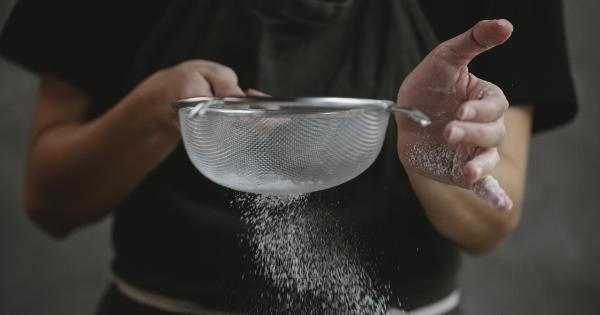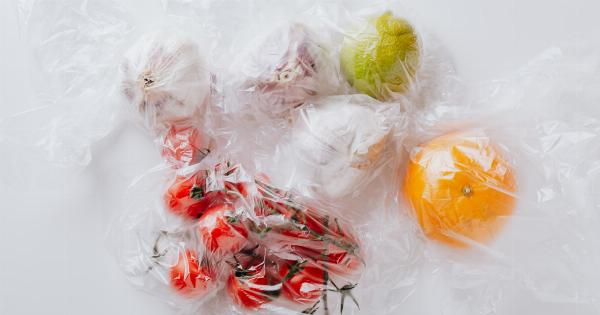Proper food storage is essential for maintaining the quality and safety of the food we consume. However, many people unknowingly make mistakes when it comes to storing their food, resulting in wasted ingredients or even potential health risks.
In this article, we will explore the top food storage mistakes you might be making and provide helpful tips to avoid them.
1. Not Understanding Expiration Dates
One of the most common mistakes people make is confusing the meaning of expiration dates. It’s important to note that expiration dates are not an indication of safety, but rather an estimate of how long the food will remain at its best quality.
Pay attention to dates labeled “use by” or “best before” to ensure optimal freshness.
2. Overstocking the Fridge
While it may be tempting to stock up on groceries, cramming your fridge to its maximum capacity can hinder proper air circulation, leading to inconsistent temperatures and potential food spoilage.
Leave enough space for air to circulate freely to maintain an even temperature throughout the refrigerator.
3. Incorrectly Storing Fresh Produce
Storing fresh produce in the wrong way can cause it to spoil prematurely. Certain fruits and vegetables emit ethylene gas, which can accelerate the ripening process of nearby produce.
Keep ethylene-producing items separate from ethylene-sensitive ones to avoid overall spoilage.
4. Storing Bread in the Fridge
While the cool temperature of the fridge may seem like the perfect place to store bread, it can actually cause the bread to go stale faster. Instead, store bread in a cool, dry place such as a bread box or pantry to maintain its freshness.
5. Not Using Airtight Containers
Using inadequate containers can expose your food to moisture, light, and air, leading to faster spoilage. Invest in airtight containers to extend the shelf life of your food and keep it fresh for longer durations.
6. Freezing Food in Large Portions
When freezing food, it’s essential to portion it correctly. Freezing large portions can make it difficult to defrost only what you need, resulting in potential waste.
Divide large portions into smaller, individual servings before freezing to ensure easy storage and minimal wastage.
7. Storing Leftovers for Too Long
It’s important to exercise caution when storing leftovers. While it’s convenient to enjoy them the next day, keeping them for extended periods can increase the risk of foodborne illnesses.
Ideally, consume leftovers within 3-4 days or consider freezing them for later use.
8. Ignoring Storage Guidelines for Canned Foods
Canned foods can be a pantry staple, but it’s crucial to follow storage guidelines. Improperly stored canned goods, such as those exposed to extreme temperatures or stored past their expiration dates, can pose health risks.
Keep your canned goods in a cool, dry place and check expiration dates regularly.
9. Not Rotating Stored Food
When replenishing your pantry, it’s essential to practice the “first in, first out” method. By using older products before newer ones, you ensure that nothing goes past its expiration date and reduce waste.
Arrange your pantry shelves accordingly to keep track of the items you need to use first.
10. Neglecting Freezer Burn
Freezer burn occurs when food is exposed to air inside the freezer, causing dehydration and a decline in quality. To prevent freezer burn, ensure your food is tightly wrapped or stored in airtight freezer bags.
Remove any excess air from the packaging to maintain optimal food quality.
Conclusion
By avoiding these common food storage mistakes, you can effectively extend the shelf life of your groceries, minimize waste, and ensure the safety of the food you consume.
Understanding expiration dates, using proper storage containers, and following specific guidelines for different food items are crucial steps towards maintaining the quality and freshness of your ingredients.


























